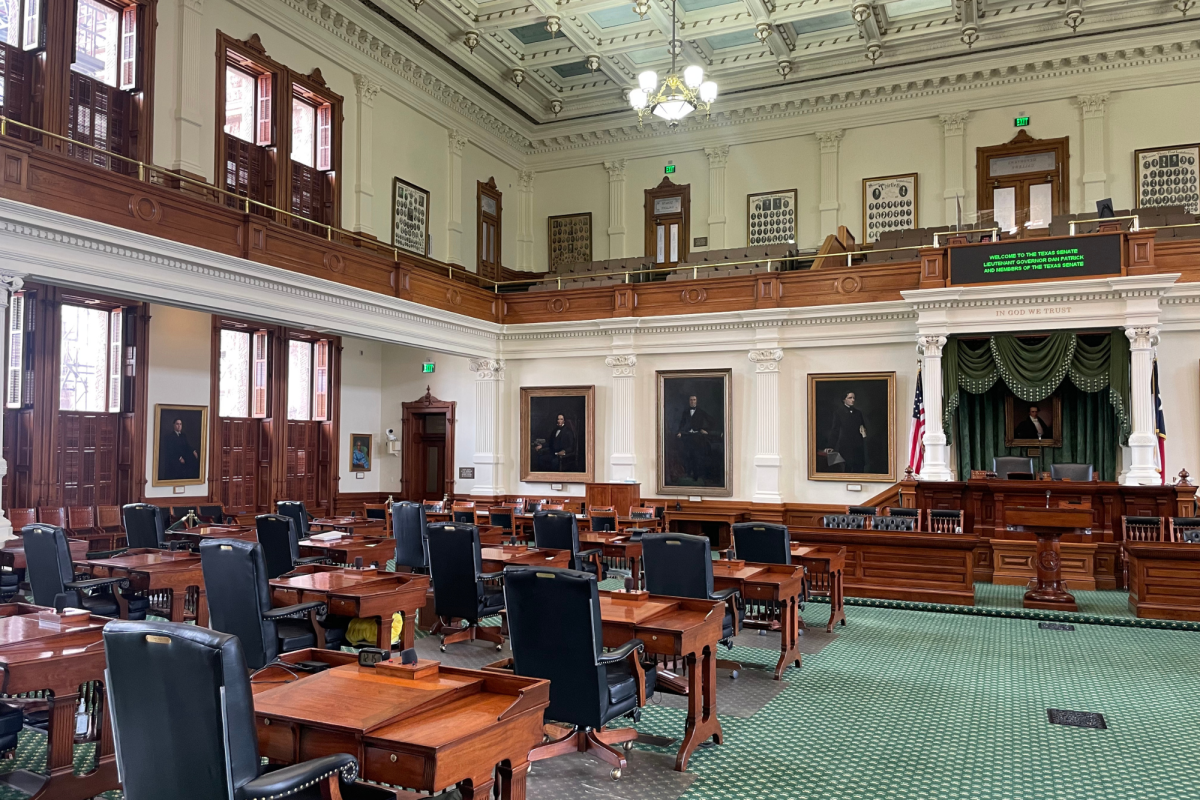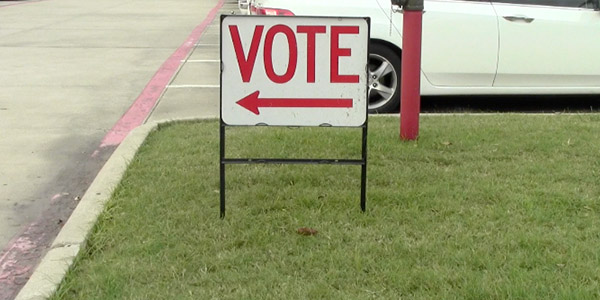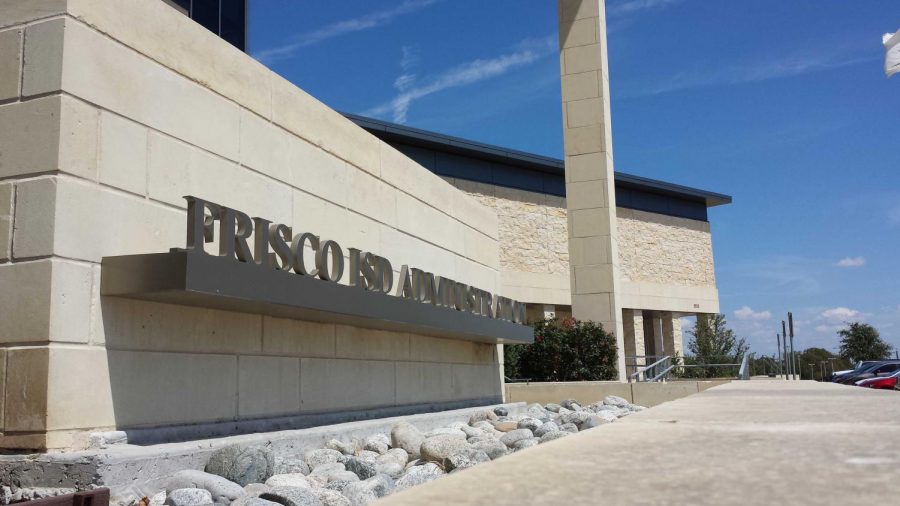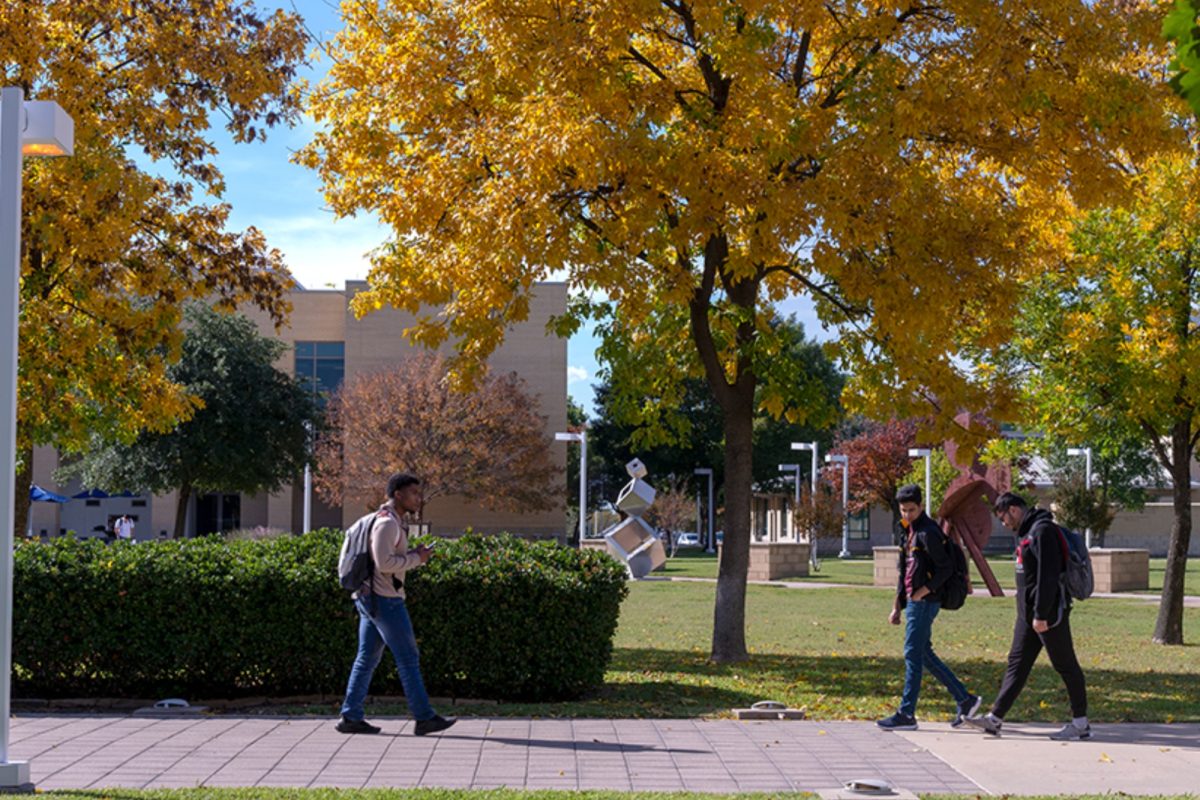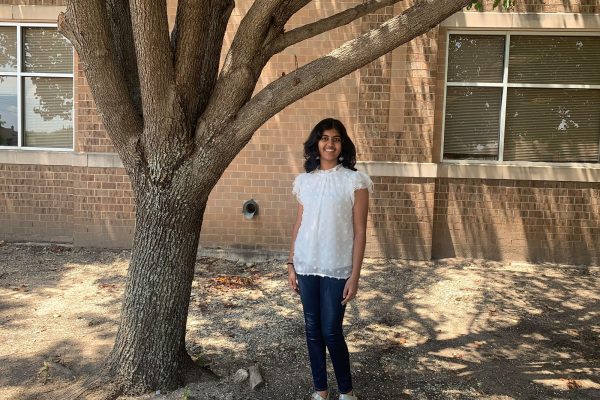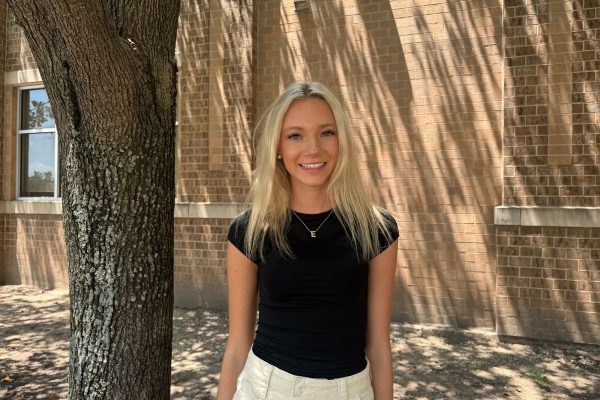Texas SB2
Mere weeks after the Texas Legislature went into its regular 89th Legislative Session, legislators in the Texas Senate passed the first bill of the session: Senate Bill 2 (SB 2).
The bill, introduced by Republican Senator Brandon Creighton from Conroe, TX, revolves around one of the most contentious issues that the Texas Legislature – and the Texas people – have been grappling with for years now: school vouchers. And while Texas Governor Greg Abbott may have declared vouchers to be an emergency item this session during his State of the State speech on Feb 2. and support for vouchers may have been increasing in the last few months, the issue remains as hotly debated as ever.
But first, here’s a look at what vouchers actually are.
Vouchers
K-12 education can be broadly grouped into two sectors: public education and private education.
Public education, as the name might suggest, is education that is provided for free by the government and is typically funded through taxes. In the United States, education is seen as a part of “states’ rights”, meaning that each state can define its own curriculum requirements (so long as it meets federal standards outlined in laws like No Child Left Behind) and is responsible for providing the bulk of funding for public education.
In Texas, public schools are funded predominantly through property taxes. While the Texas Constitution does not provide for a statewide property taxes and school districts are required to set their own property taxes, the law in Texas does outline several formulas to determine the exact funding each school gets, based predominantly on its weighted average daily attendance (WADA) and the number of students requiring additional supports (special education, English Language Learners, etc.).
Imagine this predetermined school-specific funding amount to be a bucket; it’s the shared responsibility of the federal government, the state government, and local taxpayers to fill this bucket. The federal government “pours” a little bit of funding (about 6% in the 2018-19 school year), but the bulk of the burden is split between taxpayers and the state. The revenue generated through the property taxes set by school districts “fill” up the majority of the “bucket,” which leaves school districts in one of three situations.
Option 1: The school district generates just enough money to perfectly fill up its “bucket” and the state doesn’t necessarily have to contribute anything.
Option 2: The school district is unable to fill up its bucket through just the property taxes (and federal funding, of course), and the state steps in to “fill” up whatever is remaining.
Option 3: The school district generates tremendously more funding than what is required, causing the bucket to “overflow”.
It is this third situation in which Frisco ISD usually finds itself. In this case, school districts are allowed to keep a certain percentage of that “overflow” money, based on a system known as “Golden Pennies” and/or “Copper Pennies”, and the rest of the money is distributed to school districts falling under Option 2 in a process called “recapture”.
Private schools, however, do not receive funding (to the extent that public schools do, if at all) from the state or federal government. Instead, private schools are funded through the tuition paid by parents for their students to attend the school, posing a financial challenge for many.
Vouchers were proposed as a solution to offset the potentially steep cost of private schools, enabling parents to have what lawmakers call “school choice”. “School choice” essentially refers to the idea that parents should have the choice – and the financial means – to choose where their child attends school, depending on their beliefs and views and not the amount of money they can afford to pay.
For Texas legislators, the means of choice to implement vouchers are ESAs, or education savings accounts. Under the newly proposed SB 2, families would receive $10,000 per year per student to cover the costs of tuition or any other expenses that attending private school may elicit. Families with children with disabilities would receive $11,500, while families who choose to homeschool would receive at a minimum $2,000.
Concerns around SB2
There are many points of contention surrounding this bill.
First, of course, are the more traditional arguments surrounding vouchers. Those who oppose the idea of vouchers as a whole, arguing that taxpayer money would be used to fund private schools under these practices, many particularly referencing religiously-backed private institutions.
Public school districts are concerned with the implementation of these policies due to the threat it provides for public school funding; after all, the money for ESAs and vouchers must come from somewhere.
But the effect on public school districts is compounded simply by the way public education is funded. That predetermined amount of funding that schools receive is determined by WADA, or weighted average daily attendance. This means that the number of students who come to school every day directly impacts the funding schools receive and less students means less money.
This could get even worse if parents begin to pull their students out of public schools to go to a private school halfway through the school year.
The costs public schools face – hiring teachers, furnishing classrooms, supplying basic stationary – are all based on enrollment and are constant throughout the year; after all, it simply isn’t feasible to redistribute students in the middle of the school year to let go of a teacher or adjust the desks purchased based on average daily attendance. This means that while the costs schools face are the same throughout the year, the funding they receive could wane over the year, as students leave public schools to attend private schools, creating a larger and larger gap between funding and schools’ needs.
Well, what about schools who generate more funding than their “bucket”? Wouldn’t these schools have the insulation necessary to adapt and recover from these changes?
What the Texas Legislature and the funding system for public schools fails to account for, however, is the cost of running schools. As I mentioned earlier, the costs for schools are determined by enrollment, while funding is determined by attendance. In addition, the formula for school funding doesn’t account for the actual cost of hiring teachers, buying supplies, etc., creating a widening gap between school districts’ costs and the funding they receive.
As inflation is on the rise, the extra money that schools generate that “overflows” their bucket isn’t enough to close that gap, contributing to the creep of deficit budgets across Texas school districts.
In addition to the underlying challenges to vouchers, there’s also the arguments unique to SB 2.
First and foremost, the bill institutes a lottery system to determine which students actually get access to the vouchers. 80% of the funding diverted by the bill is set to be allocated to low-income families or families with disabled students, while the remaining 20% would be a lottery for any and all interested students.
For several lawmakers, this provision defeats the entire purpose of the bill, giving more well-off families the same shot at receiving this funding as families that have more profound financial challenges, supposedly undermining the entire effort to improve access to private schools for lower-income households.
In addition, many lawmakers are concerned with the lack of oversight for the usage of this funding, a twofold problem.
Unlike other attempts at vouchers, SB 2 does not directly give families access to the money set aside in the ESAs, allow them to put the money in their personal bank accounts, or use it to reimburse themselves for other expenses; rather, the comptroller would act as the “middle man” and distribute this money to the private schools or other institutions and vendors, as needed.
While some Democratic lawmakers introduced an amendment requiring school officials from schools receiving this ESA money to disclose staff misconduct, the amendment was shot down and a less restrictive amendment – one that instituted background checks for all staff interacting with students – was passed instead.
Additionally, some lawmakers attempted to pass an amendment to improve the accountability of private schools, including requiring them to ensure hired teachers have the required certifications, to be transparent about their curriculum, and adhere to laws surrounding bullying.
Yet, this amendment too failed to pass.
“If we’re going to turn private schools in Texas into public schools, we don’t need an ESA bill,” Creighton said in a Community Impact article.
The future of SB2
SB 2 passed in the Texas Senate with a 19-12 vote on Feb. 5. It will now move to the Texas House of Representatives and, if it passes, will reach the desk of Texas Governor Greg Abbott to be signed into law.
You can follow the actions surrounding SB 2 on the Texas Legislature’s website.
You can also find the contact information for your Senate representative(s) and House representative(s) to express your opinion or any concerns surrounding this bill on the Texas Senate and House website respectively.



